[ESP-ENG] El atajo mental que nos puede llevar por el camino equivocado || The mental shortcut that can lead us down the wrong path

En un mundo inundado de información, nuestro cerebro busca constantemente atajos mentales para procesar y comprender el entorno. Uno de estos atajos, un patrón cognitivo, actúa como un filtro, guiando nuestra atención y facilitando la toma de decisiones. Este patrón se basa en la información previa que almacenamos en nuestra memoria, para interpretar nuevas experiencias y completar tareas.
Para comprender mejor cómo funciona este patrón y su impacto en nuestras decisiones, te invito a realizar un ejercicio: identifica los caracteres en secuencia en los siguientes desafíos de imágenes CAPTCHAs.
! [English version ]
In a world flooded with information, our brain constantly seeks shortcuts to process and understand the environment. One of these shortcuts, a cognitive pattern, acts as a filter, guiding our attention and facilitating decision-making. This pattern is based on the previous information stored in our memory, to interpret new experiences and complete tasks.
To better understand how this pattern works and its impact on our decisions, I invite you to do an exercise: identify the characters in sequence in the following image CAPTCHA challenges.
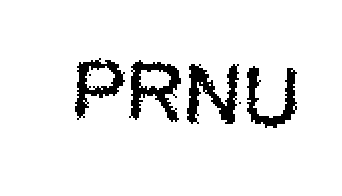
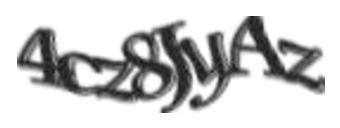

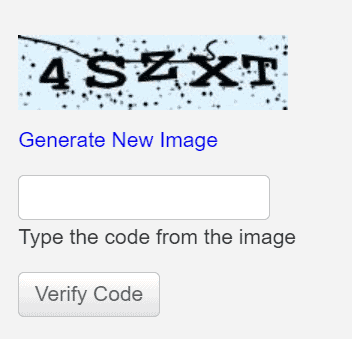
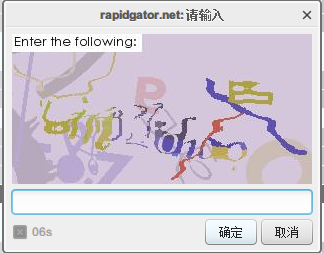
Espera, ¿pudiste resolver? || Wait, were you able to solve?
No te preocupes si no pudiste resolverla, yo tampoco lo habría logrado. De hecho, si te dijera que para resolverla necesitas aprender un alfabeto diferente, probablemente te tomaría más tiempo. Supongo que cuando iniciaste el desafío, utilizaste los números y letras del alfabeto que ya conoces. Sin embargo, al encontrarte con la imagen del último captcha, la información previa en la que confiabas dejó de ser útil. Lo más probable es que te hayas preguntado cómo resolver un captcha con caracteres extraños o hayas esperado que el último desafío contuviera las mismas letras del alfabeto. Ante tal situación, activaste en tu cerebro un patrón conocido como sesgo de anclaje.
El sesgo de anclaje, como su nombre lo indica, es una tendencia cognitiva que nos lleva a "anclarnos" a la primera información que recibimos, utilizándola como referencia para evaluar y tomar decisiones posteriores. Es como si al recibir un dato inicial, nuestro cerebro creara un punto de referencia inamovible que condiciona nuestra perspectiva.
! [English version]
Don't worry if you couldn't figure it out, I wouldn't have been able to do it either. In fact, if I told you that to solve it you need to learn a different alphabet, it would probably take you more time. I suppose that when you started the challenge, you used the numbers and letters of the alphabet you already know. However, when you came across the image of the last captcha, the previous information you trusted became useless. Most likely, you wondered how to solve a captcha with strange characters or expected the last challenge to contain the same letters of the alphabet. Faced with such a situation, you activated in your brain a pattern known as anchoring bias.
The anchoring bias, as its name indicates, is a cognitive tendency that leads us to "anchor" to the first information we receive, using it as a reference to evaluate and make subsequent decisions. It's as if by receiving initial data, our brain creates an immovable point of reference that conditions our perspective.

En los ejemplos de CAPTCHAs, la primera imagen, con números y letras del alfabeto, actuó como un ancla para tu procesamiento de la información. Asumiste que las imágenes posteriores seguirían la misma lógica, utilizando el mismo "alfabeto visual". Esto te llevó a buscar soluciones basadas en esa información inicial, incluso cuando la última imagen desafiaba esa lógica.
Recuerdo un caso particular cuando fui a comprar un cartón de huevos en mi sitio de preferencia. Tomé los huevos, pagué y al cocinarlos, me encontré con uno podrido. Era algo que no había experimentado en años comprando en ese lugar. Mi información inicial se basaba en la costumbre y la confianza de siempre encontrar productos frescos y saludables allí.
! [English version]
In the CAPTCHA examples, the first image, with numbers and alphabet letters, acted as an anchor for your information processing. You assumed that the subsequent images would follow the same logic, using the same "visual alphabet." This led you to seek solutions based on that initial information, even when the last image challenged that logic.
I recall a particular case when I went to buy a carton of eggs at my preferred site. I took the eggs, paid, and when I cooked them, I found one rotten. It was something I hadn't experienced in years of buying at that place. My initial information was based on the habit and trust of always finding fresh and healthy products there.

Pero hay situaciones donde este sesgo de anclaje puede generar repercusiones graves. Imaginemos un caso de asesinato. La policía encuentra al acusado cerca del cuerpo de la víctima con un cuchillo ensangrentado en la mano. El acusado, en estado de shock y sin abogado presente, confiesa haber cometido el crimen.
Durante el juicio, el abogado defensor presenta pruebas que demuestran que el acusado no pudo haber cometido el asesinato, como una coartada sólida y la presencia de ADN de otra persona en la escena del crimen. Sin embargo, el juez, influenciado por la confesión inicial, considera estas pruebas como irrelevantes y declara culpable al acusado.
En este caso, el sesgo de anclaje llevó al juez a tomar una decisión basada en una información inicial que luego se demostró falsa, con graves consecuencias para la justicia.
! [English version]
But there are situations where this anchoring bias can lead to serious repercussions.Imagine a murder case. The police find the accused near the victim's body with a bloody knife in hand. The accused, in a state of shock and without a lawyer present, confesses to having committed the crime.
During the trial, the defense attorney presents evidence showing that the accused could not have committed the murder, such as a solid alibi and the presence of another person's DNA at the crime scene. However, the judge, influenced by the initial confession, considers this evidence irrelevant and declares the accused guilty.
In this case, the anchoring bias led the judge to make a decision based on initial information that was later proven false, with serious consequences for justice.

El sesgo de anclaje también puede ser útil. Por ejemplo, cuando estás buscando un nuevo trabajo, tu salario actual puede actuar como un "ancla" para negociar un mejor sueldo. O cuando estás aprendiendo un idioma nuevo, las primeras palabras que aprendes te ayudan a construir una base sólida para seguir avanzando. Mantén una mente abierta, analiza la información con cuidado y no te dejes atrapar por la primera impresión.No te dejes guiar por atajos mentales que te pueden llevar por el camino equivocado.
! [English version]
Anchoring bias can also be useful. For example, when you are looking for a new job, your current salary can act as an "anchor" to negotiate a better wage. Or when you are learning a new language, the first words you learn help you build a solid foundation to keep progressing. Keep an open mind, analyze the information carefully, and don't get caught by the first impression. Don't let yourself be guided by mental shortcuts that can lead you down the wrong path.
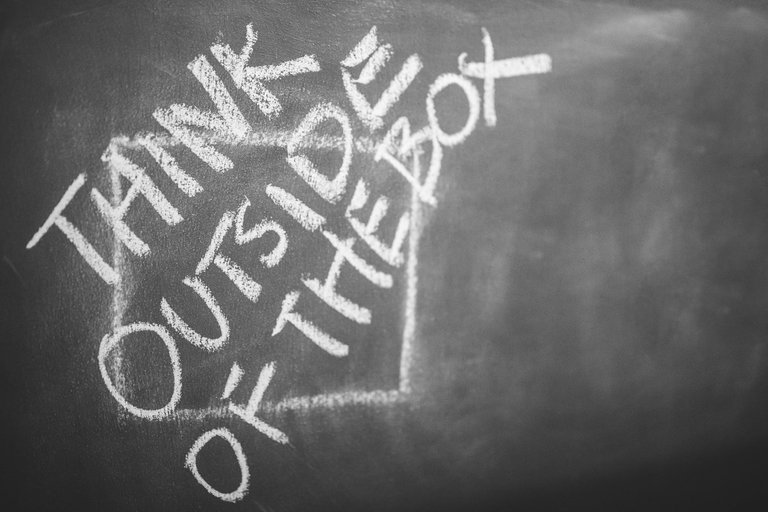
Referencias || Reference :
https://www.simplypsychology.org/what-is-the-anchoring-bias.html
Congratulations @finec! You have completed the following achievement on the Hive blockchain And have been rewarded with New badge(s)
Your next target is to reach 50 posts.
You can view your badges on your board and compare yourself to others in the Ranking
If you no longer want to receive notifications, reply to this comment with the word
STOPCheck out our last posts:
¡Felicitaciones!
Estás participando para optar a la mención especial que se efectuará el domingo 7 de abril del 2024 a las 8:00 pm (hora de Venezuela), gracias a la cual el autor del artículo seleccionado recibirá la cantidad de 1 HIVE transferida a su cuenta.
¡También has recibido 1 ENTROKEN! El token del PROYECTO ENTROPÍA impulsado por la plataforma Steem-Engine.
1. Invierte en el PROYECTO ENTROPÍA y recibe ganancias semanalmente. Entra aquí para más información.
2. Contáctanos en Discord: https://discord.gg/hkCjFeb
3. Suscríbete a nuestra COMUNIDAD y apoya al trail de @Entropia y así podrás ganar recompensas de curación de forma automática. Entra aquí para más información sobre nuestro trail.
4. Visita nuestro canal de Youtube.
Atentamente
El equipo de curación del PROYECTO ENTROPÍA